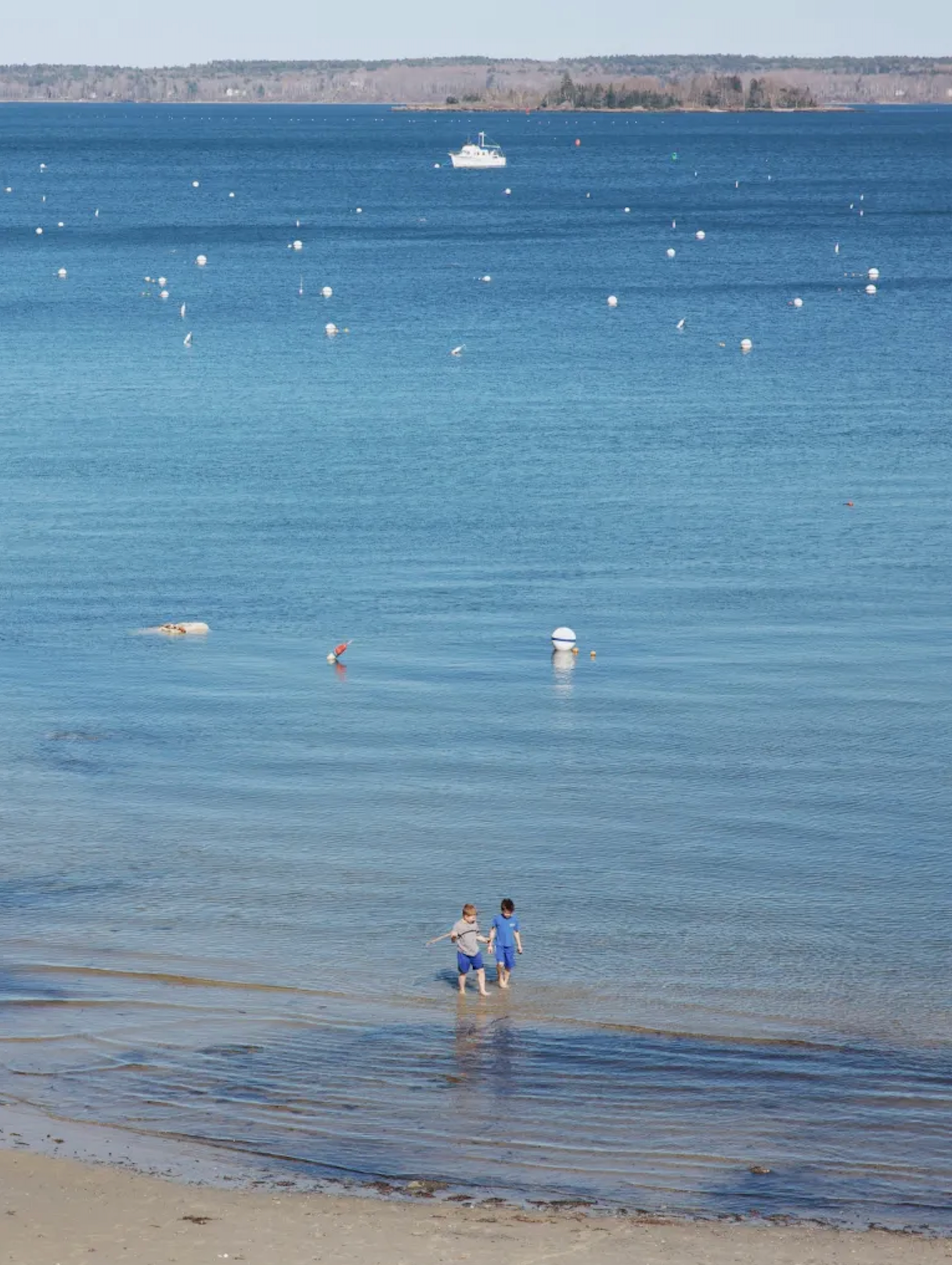Southern Ocean whale populations are being threatened by human activity — a trend that could worsen global warming, Stanford researchers found in a study published in September.
Researchers at Stanford’s Marine Hopkins Institute found that the Southern Ocean’s krill population is insufficient to support today’s recovering whale populations. This is partly due to humans, who have caught Antarctic krill at a rate that has quadrupled in the last 30 years, a finding the researchers presented in an earlier study from 2021. The researchers also found that large blue and humpback whales rely on krill in their diet to a significantly higher degree than previously believed.
“We’re fishing for their food, so we’re now a competitor of the whales,” said Matthew Savoca, a research scientist at the Goldbogen lab through Hopkins Marine Station and lead author of the September follow-up study.
Antarctic krill is rich in omega-3 fatty acids and serves as the only food source for larger whale species like blues or fins, filtering easily through their bristly mouths and forming an integral part of their diet. However, rising human demand for these small crustaceans — used in vitamin supplements similar to fish oil and as feed for fish farming — has led to record-high catch rates, depleting the whales’ primary food source.
Whales hold outsize importance in Southern Ocean ecosystems, as their bodily waste fertilizes large regions of the water.
In most parts of the ocean, dust from the continental crust provides the iron needed for organisms to survive. But the Southern Ocean barely touches continental land mass, and nearby Antarctica is covered in ice. Whale feces makes up for missing iron, allowing organisms to get the nutrients they need.
“Without the whales, the ocean system, the phytoplankton system [and] the krill in that system are not getting iron they need to be able to grow,” said Mehr Kumar, a research ecologist and co-author of the study.
Lower iron means a decrease in phytoplankton, which Kumar said are the “trees and plants of the ocean.”
“They are what’s photosynthesizing, taking carbon out of the atmosphere that we put there,” Kumar said. A reduced whale population could lower the ocean’s ability to mitigate global warming by absorbing carbon dioxide from the atmosphere.
The increased catch rates of Antarctic krill follows a common trend in the Southern Ocean.
“Before krill, whale oil was the resource of interest for fisheries. This fits with a common theme in ocean conservation known as fishing down the food web,” said Jeremy Goldbogen, associate professor of oceans at the Doerr School of Sustainability and co-author of the study.
Humans mainly interact with Antarctic krill products through supplements and fish food. Antarctic krill supplements can be found in vitamin aisles of many grocery stores, with brands promoting them as less fishy-tasting alternatives to traditional fish oil. Petco advertises Antarctic krill as a more nutritional food option for fish that gives them a more vibrant hue.
But the main use of Antarctic krill is in large-scale traditional fish farms.
Savoca said fish farms often use Antarctic krill as food because it gives fish — especially farm salmon — a pinker color, even though equally nutritious plant-based or lab-grown-fish meal alternatives exist.
Kumar said that ultimately, none of the krill harvested from the Southern Ocean contribute toward global food security.
Savoca explained that while regulations may help limit the amount of krill being harvested, enacting new policies presents a significant challenge. The Southern Ocean is governed by the Commission for the Conservation of Antarctic Marine Living (CCAMLR), formed in 1982 with 27 member nations. The CCAMLR is part of the Antarctic Treaty passed in 1959 with 12 original signatories.
The size of the group makes it difficult to reach a consensus on legislation. Kumar said a nation does not get a vote unless it is “fishing or doing research” in the Southern Ocean — creating problems for smaller ocean nations that want a say in the regulation of the ocean but are economically unable to partake in significant fishing or research activities.
Savoca said leaders should shift demand for Antarctic krill by asking themselves: “Is there something that we could do to make [krill fishing] more sustainable, or is there a different product that we can be using that would be better?”
The researchers are hopeful their work can bring people closer to protecting the whales and the broader Southern Ocean ecosystem.
“It may be possible for human and whale interests to co-exist, but it requires the cooperation and commitment of funders, regulators and operators,” Goldbogen said.
